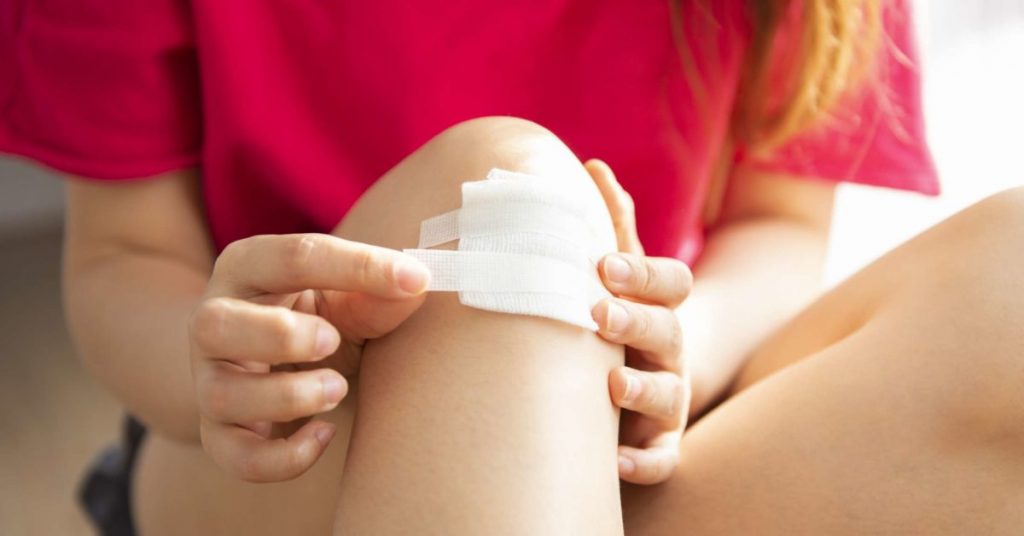Generally people know how to approach everyday cuts, scrapes, burns etc but may wounds may need greater than giving first-aid and wearing an injury dressing. Some kinds of wounds require to become stitched to be able to correctly heal. The kinds of wounds that could require stitches include incisions, lacerations and punctures.
How do we know which wounds may require stitches and just how soon it ought to be done? The very first factor to complete would be to clean the wound and make certain the bleeding (or no) stops. Afterward, look into the edges from the wound if they’re close together or far apart. A few of the occasions when stitches might be needed include:

-Gaping wounds which are greater than a quarter inch deep
-When the fat, muscles or bone visible within the wound
-Wounds in areas rich in bloodstream flow for example fingers
-Wounds which are ¾ inch or longer and are generally deep
-Parts of the body where scarring is an issue like the face or eyelids
-Wounds on joints which open using the movement
-If bleeding doesn’t stop after fifteen minutes
Getting stitches on time can also be vital that you prevent complications. A few of the factors to assist figure out how soon an injury ought to be stitched are:
-Infections are among the most serious complications inside a wound. Dirty wounds are usually stitched within six hrs but sometimes like wounds having a increased chance of infection, remain open for approximately 24 hrs. This is accomplished to assistance with maintaining your wound neat and to use antibiotics when needed.
-Cuts from sharp objects which are clean, could be left for approximately 24 hrs to become closed but wounds from dirty or rusty objects need a different protocol.
When the wound is stitched, you cannot lets forget about it. It’ll need close monitoring and observation. Normally, after investing in stitches, an antibiotic cream might be applied along with a bandage put on the wound. The physician will advise about how exactly lengthy you need to keep your wound dry. Some redness, swelling or irritation can happen around the wound site. However, whether it becomes really painful and uncomfortable, the physician ought to be consulted. Based upon the place and condition from the wound, stitches could be left from 4 to fourteen days.
In the end of this is accomplished, one little detail still remains and that’s elimination of stitches. Many people cringe at the idea but it’s less bad because it is thought to be. While taking out the stitches, the wound is first cleaned after which stitches are cut and thoroughly removed. Generally, the individual only feels a small pull or tug onto the skin.




